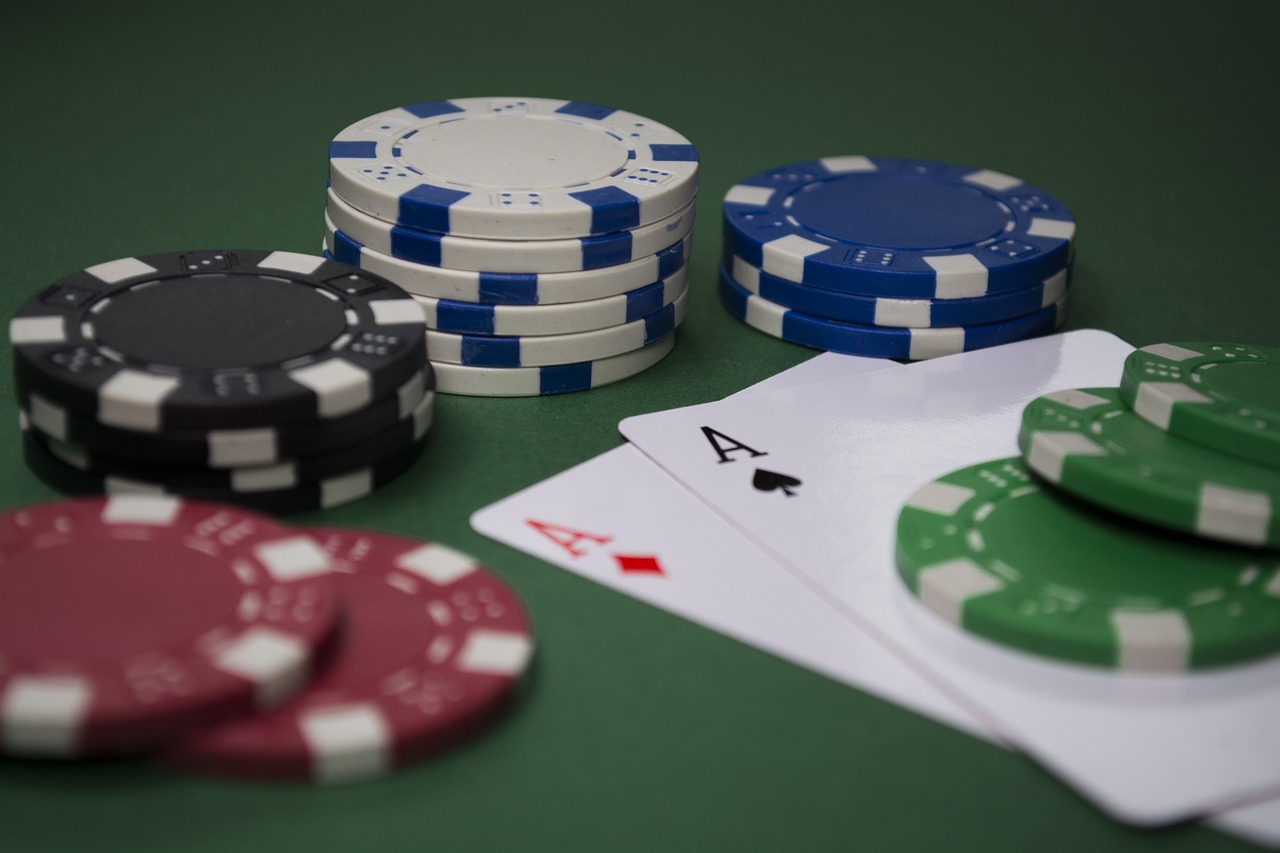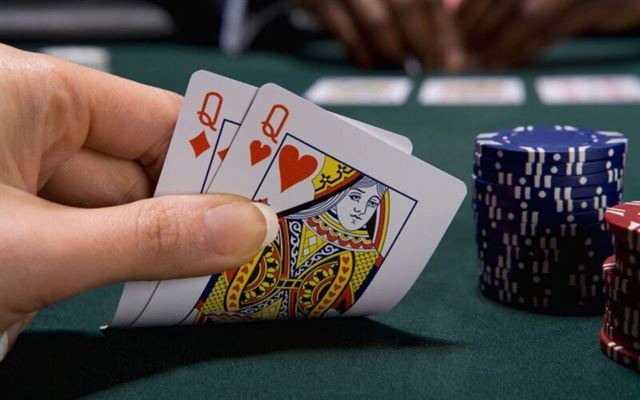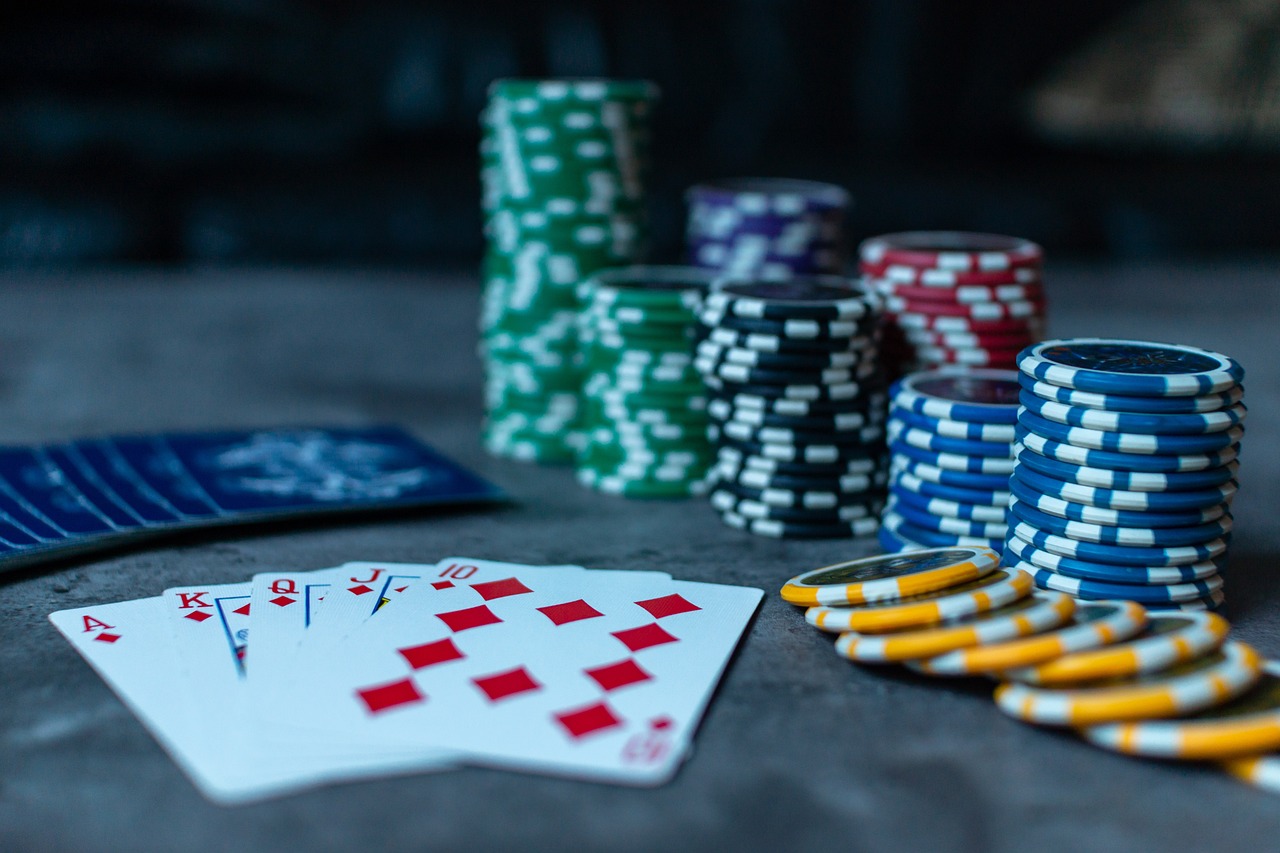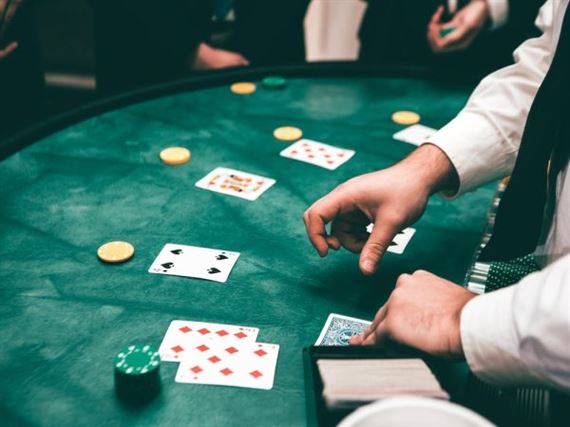Bluffing is a fundamental aspect of poker, and it can be the difference between winning big or losing everything. But what separates successful bluffers from the rest? It all comes down to understanding the psychology behind successful bluffing techniques.
The Psychology Behind Successful Poker Bluffing Techniques
One key factor in successful bluffing is reading your opponents. By paying attention to their body language, facial expressions, and betting patterns, you can gain valuable insights into their hand strength and intentions. For example, if an opponent suddenly becomes tense and starts fidgeting when they place a bet, it could be a sign that they are bluffing. On the other hand, if they appear calm and confident, it may indicate a strong hand. By carefully observing these cues, you can make more informed decisions about whether to hold ’em or fold ’em.
Another important aspect of successful bluffing is timing. Knowing when to bluff is crucial because if you do it too often or at the wrong moment, your opponents will catch on and call your bluff. One effective strategy is to bluff when you have a tight table image. If your opponents perceive you as a conservative player who only bets with strong hands, they are more likely to fold when you make a bold move. However, this strategy requires careful execution and should not be overused.
Furthermore, understanding the concept of pot odds can greatly enhance your bluffing game. Pot odds refer to the ratio of the current size of the pot compared to the cost of a contemplated call. By calculating the pot odds, you can determine whether the potential payoff justifies making a bluff. For instance, if the pot is large relative to the bet you need to make, it might be worth taking the risk and bluffing. Conversely, if the pot is small and the potential gain is minimal, bluffing may not be a wise decision.
The ability to control your emotions is also essential for successful bluffing. Poker is a game that can evoke strong emotions, such as excitement or frustration. However, letting these emotions dictate your actions can lead to poor decisions and unsuccessful bluffs. Successful bluffers remain calm and composed, making rational choices based on the information available to them. This level-headedness can be particularly challenging when facing a large bet or when you are on the verge of winning a significant pot. But by maintaining emotional control, you increase your chances of executing a successful bluff.
Lastly, it is important to remember that bluffing is not always necessary or advisable. In some situations, it may be more profitable to play a straightforward game based on solid hand strength rather than relying on bluffing. This is especially true in low-stakes games where opponents are less likely to fold. Bluffing should be used strategically and sparingly, as an additional tool in your poker arsenal, rather than your primary strategy.
In conclusion, successful bluffing in poker requires a deep understanding of the psychology behind it. By reading your opponents, timing your bluffs effectively, considering pot odds, controlling your emotions, and knowing when to rely on solid hands instead, you can become a master at holding ’em and folding ’em. So the next time you sit down at the poker table, remember these expert tips and let your bluffing brilliance shine through.
Mastering the Art of Reading Your Opponents in Poker Bluffing
Poker is a game of strategy, skill, and psychology. One of the most crucial aspects of poker is bluffing – the art of deceiving your opponents into thinking you have a stronger hand than you actually do. Bluffing requires careful observation, intuition, and an understanding of your opponent’s behavior. In this article, we will explore expert tips on when to hold ’em and fold ’em, helping you master the art of reading your opponents in poker bluffing.
First and foremost, it is essential to pay close attention to your opponents’ betting patterns. A sudden increase in their bets may indicate a strong hand, while hesitation or smaller bets might signify weakness. By observing how your opponents bet throughout the game, you can gain valuable insights into their hand strength and make informed decisions accordingly. This keen observation allows you to adjust your own betting strategy and decide whether it’s worth taking a risk or folding.
In addition to betting patterns, body language plays a significant role in deciphering your opponents’ intentions. Watch for subtle cues such as facial expressions, eye movements, or nervous gestures that could reveal whether they are bluffing or holding a strong hand. For example, if your opponent suddenly avoids eye contact or starts fidgeting, it might be an indication that they are bluffing. On the other hand, a calm and confident demeanor often accompanies a genuine strong hand. Being attentive to these non-verbal cues can provide valuable information to help you make better decisions at the poker table.
Another vital aspect of reading your opponents in poker bluffing is understanding their playing style. Each player has a unique approach to the game, ranging from tight (playing conservatively with only premium hands) to loose (playing more hands, including weaker ones). By recognizing your opponents’ tendencies, you can adjust your own strategy accordingly. For instance, if you are up against a tight player who suddenly makes a large bet, it is more likely that they have a strong hand and should be approached with caution. Conversely, if you notice a loose player consistently making small bets, they may be bluffing or holding weaker hands. Understanding your opponents’ playing style allows you to exploit their weaknesses and maximize your chances of success.
Furthermore, timing is crucial when it comes to bluffing in poker. A well-timed bluff can lead to significant gains, while an ill-timed one can result in devastating losses. It’s important to assess the current state of the game and the behavior of your opponents before attempting a bluff. Bluffing early in a game when players tend to be cautious might be less effective than waiting for the right moment when the pot is larger and opponents are more likely to fold. Additionally, consider the image you have built throughout the game – if you have been caught bluffing previously, your opponents may be more skeptical and less likely to fall for your tricks. Timing your bluffs effectively will greatly enhance your overall strategy and increase your chances of success at the poker table.
In conclusion, mastering the art of reading your opponents in poker bluffing requires careful observation, intuition, and understanding of various factors such as betting patterns, body language, playing styles, and timing. By paying close attention to these elements and using them to inform your decision-making process, you can become a formidable player capable of outsmarting even the most skilled opponents. So remember, when it comes to bluffing brilliance, knowing when to hold ’em and fold ’em is the key to success in the world of poker.
Timing is Everything: Expert Tips on When to Execute a Perfect Poker Bluff
In the world of poker, bluffing is an art form. It requires skill, intuition, and most importantly, impeccable timing. A well-executed bluff can turn the tide of a game and secure a victory for even the weakest hand. But knowing when to pull off this risky move is crucial, as mistiming a bluff can lead to disastrous consequences.
One expert tip on when to execute a perfect poker bluff is to pay close attention to the table dynamics. Every poker game has its own unique atmosphere, with players displaying different levels of aggression and predictability. Observing these dynamics allows you to identify the opportune moments to bluff.
For instance, if you notice that your opponents are playing conservatively and folding easily, it may be a good time to attempt a bluff. Their cautiousness indicates that they are unlikely to call your bet unless they have a strong hand. This gives you an advantage, as your bluff will likely force them to fold, allowing you to win the pot without having to reveal your cards.
On the other hand, if the table is filled with aggressive players who frequently raise and re-raise, bluffing becomes riskier. Aggressive players tend to be more willing to call or even counter-bluff, making it difficult to deceive them successfully. In such situations, it is often wiser to wait for a stronger hand rather than attempting a bluff that is likely to be called.
Another important factor to consider when deciding when to bluff is your position at the table. The later your position, the more information you have about your opponents’ actions before it’s your turn to act. This knowledge allows you to make better-informed decisions regarding whether to bluff or not.
For example, if you are sitting in a late position and all the players before you have folded, it could be an excellent opportunity to execute a bluff. With fewer opponents to worry about, your chances of success increase significantly. However, if you are in an early position and several players have already called or raised, it is wise to reconsider bluffing, as the likelihood of being called or re-raised is higher.
Furthermore, understanding the betting patterns of your opponents can provide valuable insight into when to execute a bluff. If you notice that a particular player tends to fold easily after a raise, you can exploit this weakness by bluffing more frequently against them. Conversely, if another player rarely folds and seems to call every bet, attempting a bluff against them would be ill-advised.
Lastly, keeping a cool and composed demeanor while executing a bluff is crucial. Any signs of nervousness or hesitation can give away your intentions and make your opponents suspicious. Maintaining a consistent betting pattern throughout the game, whether bluffing or not, helps to conceal your true hand strength and makes it harder for your opponents to read you accurately.
In conclusion, timing is everything when it comes to executing a perfect poker bluff. By paying attention to table dynamics, considering your position, analyzing betting patterns, and maintaining a calm demeanor, you can increase your chances of successfully deceiving your opponents. Remember, bluffing is not just about having a weak hand; it’s about reading the game and capitalizing on the opportune moments to outsmart your opponents.
Advanced Strategies for Effective Poker Bluffing and Maximizing Profits
Bluffing in poker is an art form that separates the amateurs from the experts. It’s a skill that requires careful calculation, observation, and intuition. While many players may think of bluffing as a risky move, the truth is that it can be a powerful tool for maximizing profits if used correctly.
One of the most important aspects of successful bluffing is knowing when to hold ’em and when to fold ’em. Timing is everything in poker, and understanding the right moments to execute a bluff is crucial. The first key factor to consider is your position at the table. Bluffing from an early position can be more challenging, as you have less information about your opponents’ hands. In contrast, bluffing from a late position can be more effective, as you have observed their actions and gained valuable insights into their playing style.
Another critical aspect of successful bluffing is reading your opponents. Pay close attention to their betting patterns, body language, and overall demeanor. Are they typically conservative or aggressive? Do they tend to play tight or loose? These observations will help you determine whether they are likely to fold or call your bluff. Remember, bluffing is all about exploiting weaknesses in your opponents’ strategies, so understanding their tendencies is key.
Additionally, it’s essential to consider the strength of your hand when deciding whether to bluff. Bluffing with a weak hand can be risky, as your opponents may see through your deception and call your bet. On the other hand, bluffing with a strong hand can be a strategic move to confuse your opponents and extract maximum value from the pot. This tactic is known as a semi-bluff, where you have a decent chance of improving your hand on future streets.
Furthermore, varying your bluffing frequency is crucial for maintaining unpredictability at the table. If your opponents can easily read your bluffs, they will adjust their strategy accordingly and exploit your weaknesses. By mixing up your bluffing frequency, you keep them guessing and make it harder for them to decipher when you are bluffing or holding a strong hand. This unpredictability can be a powerful weapon in your poker arsenal.
Lastly, it’s important to manage your emotions while bluffing. Bluffing requires confidence and composure, as any sign of nervousness or hesitation can give away your intentions. Maintain a calm and composed demeanor, regardless of the strength of your hand. Remember that even if your bluff is called, it’s just one hand in the grand scheme of the game. Don’t let a failed bluff affect your overall strategy or tilt your mindset.
In conclusion, bluffing in poker is an advanced strategy that can significantly impact your profits if executed correctly. Timing, reading your opponents, considering the strength of your hand, varying your bluffing frequency, and managing your emotions are all crucial factors to consider when deciding whether to hold ’em or fold ’em. By mastering these skills, you can become a formidable force at the poker table and maximize your chances of success. So, next time you’re playing poker, remember these expert tips on when to bluff and watch your profits soar.






